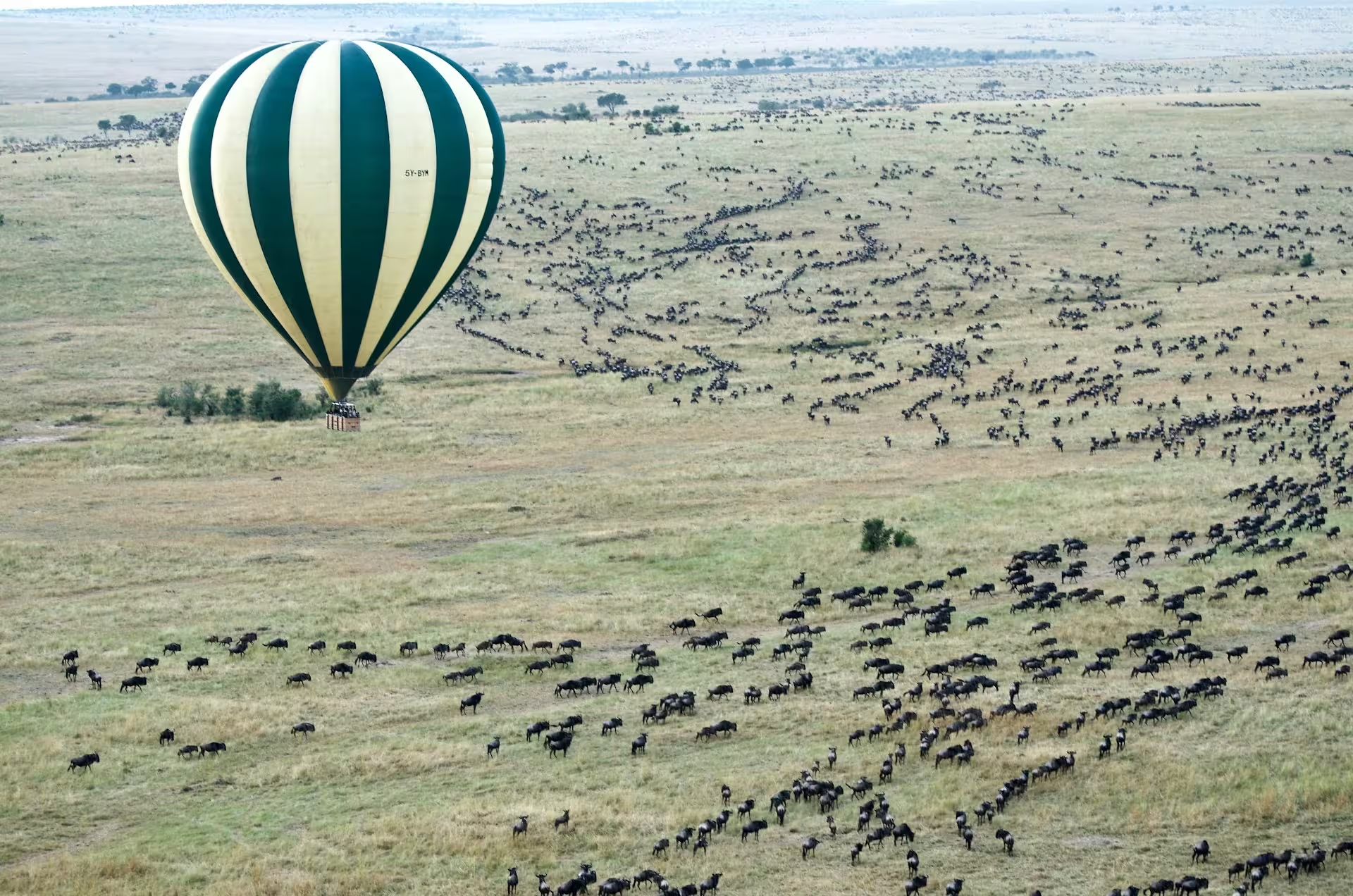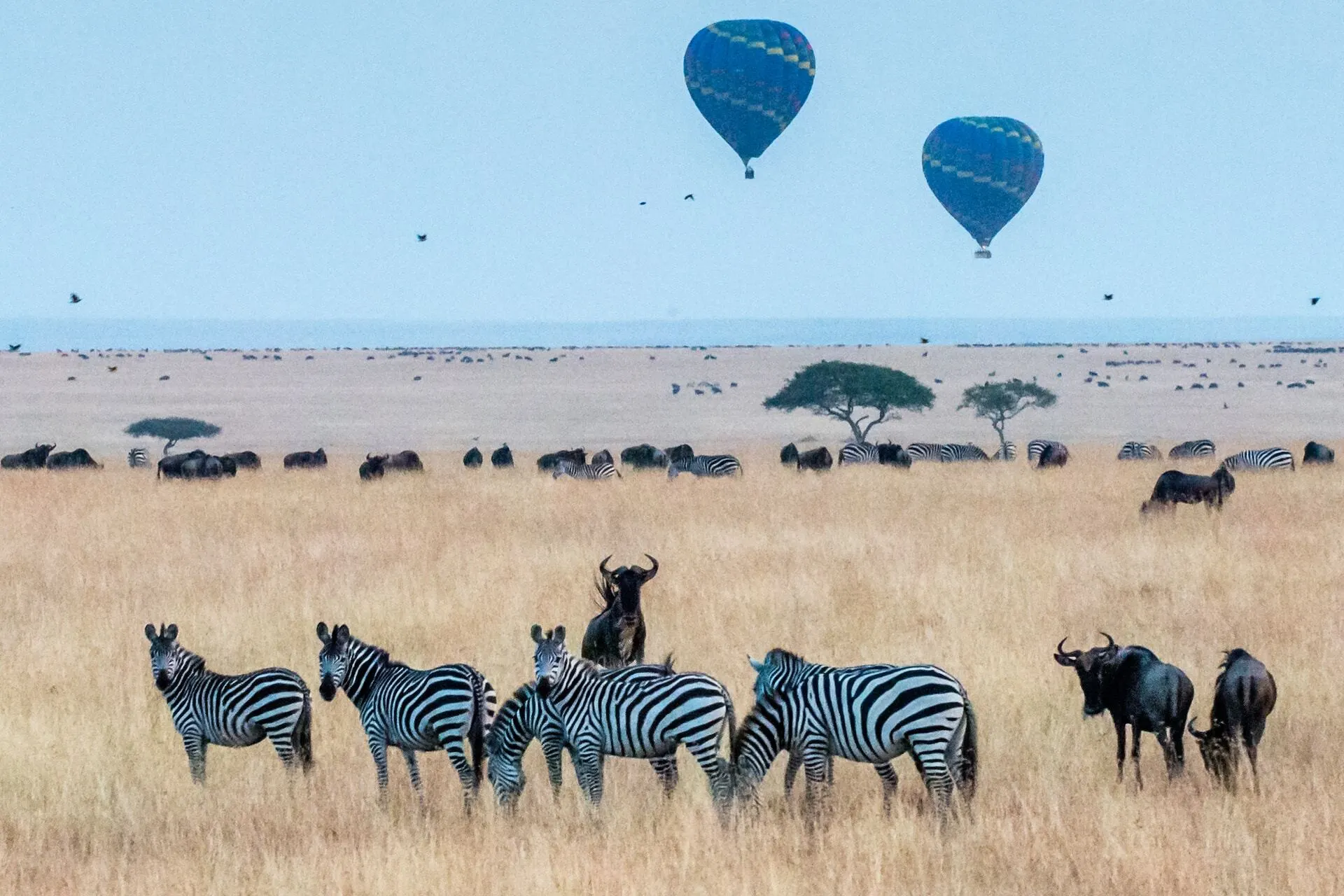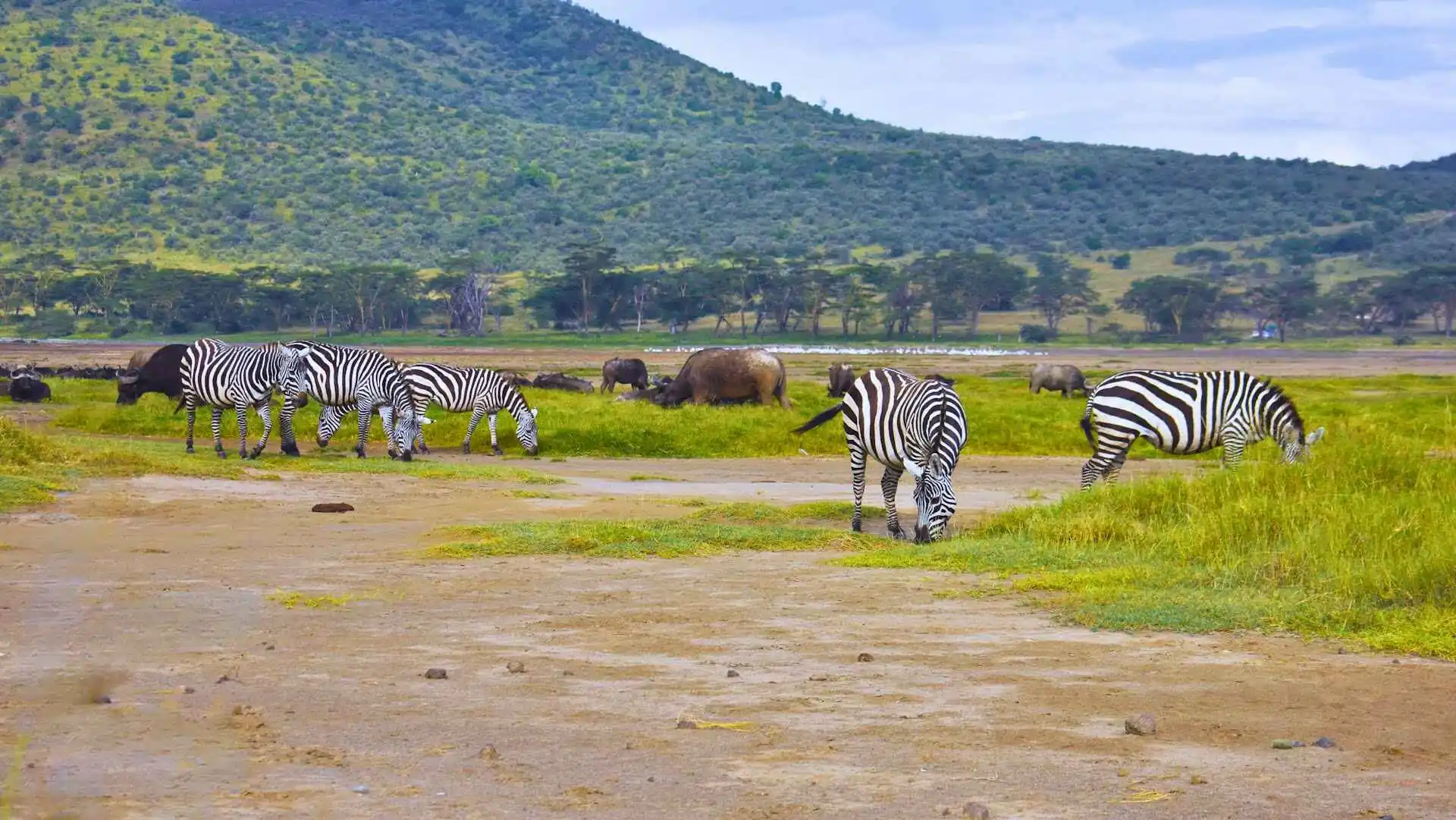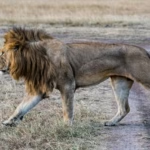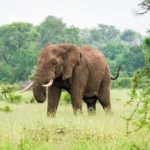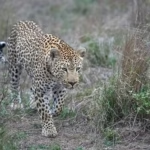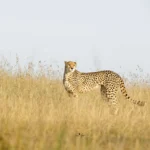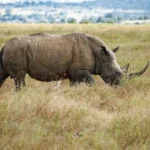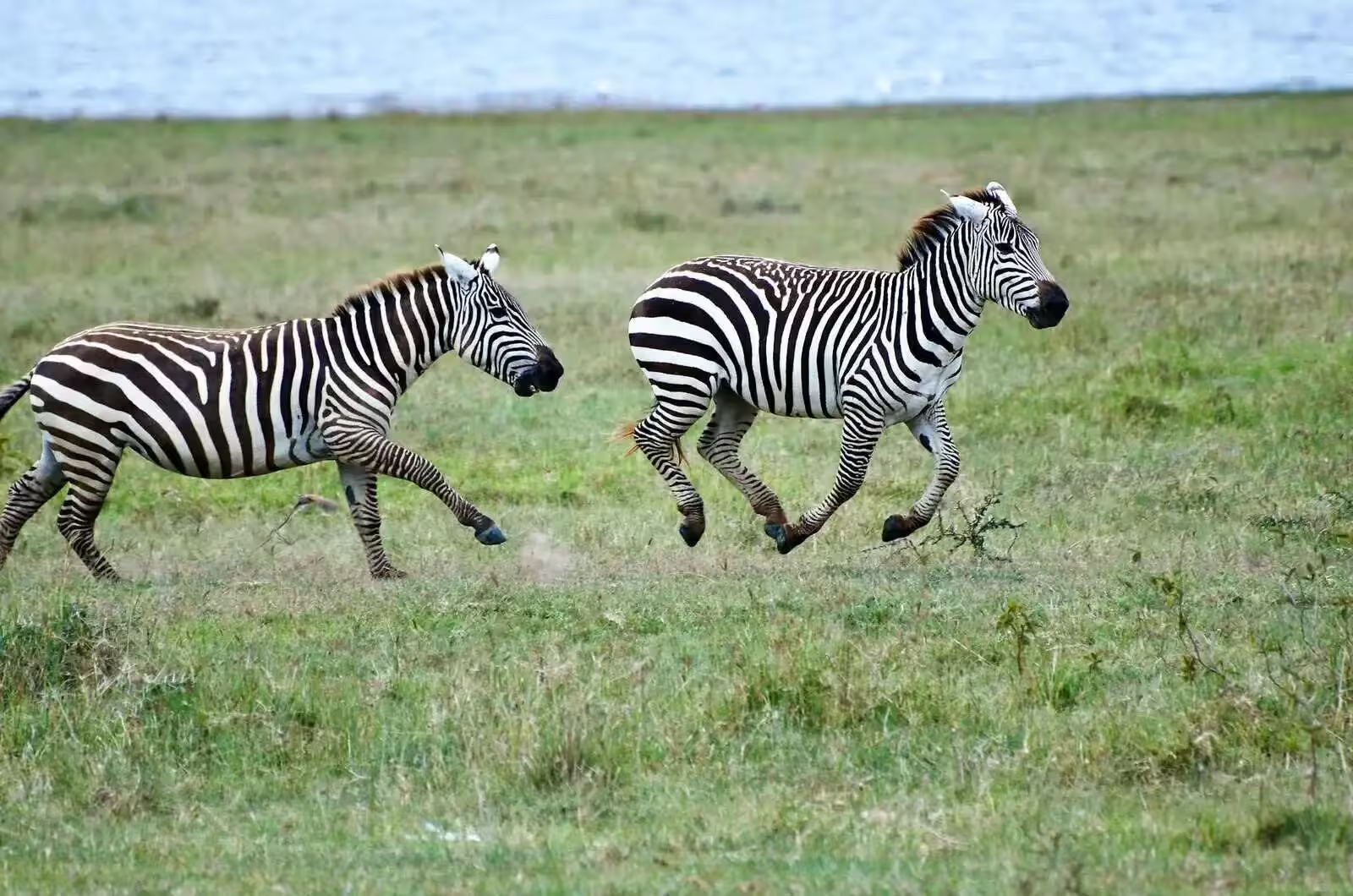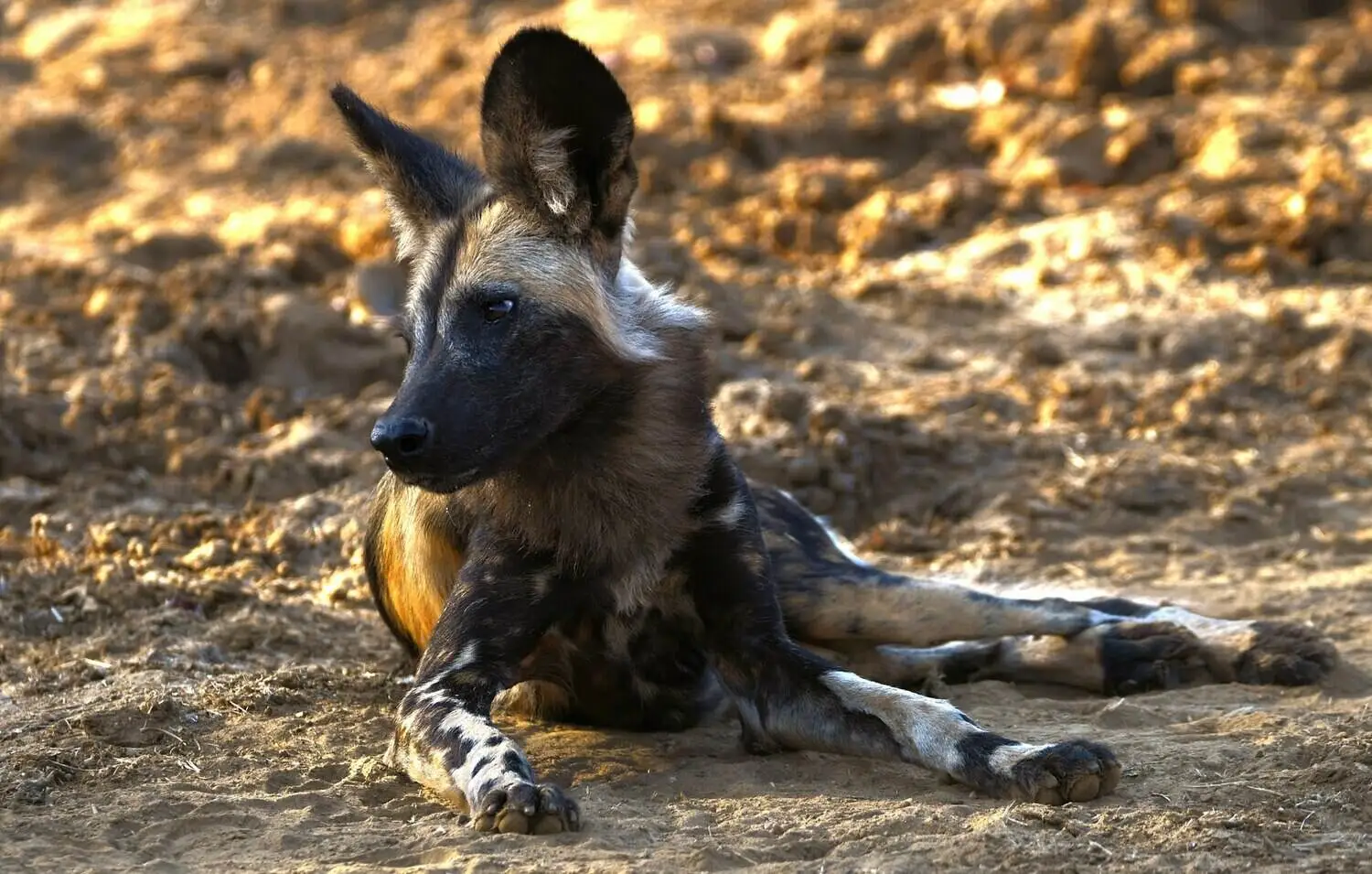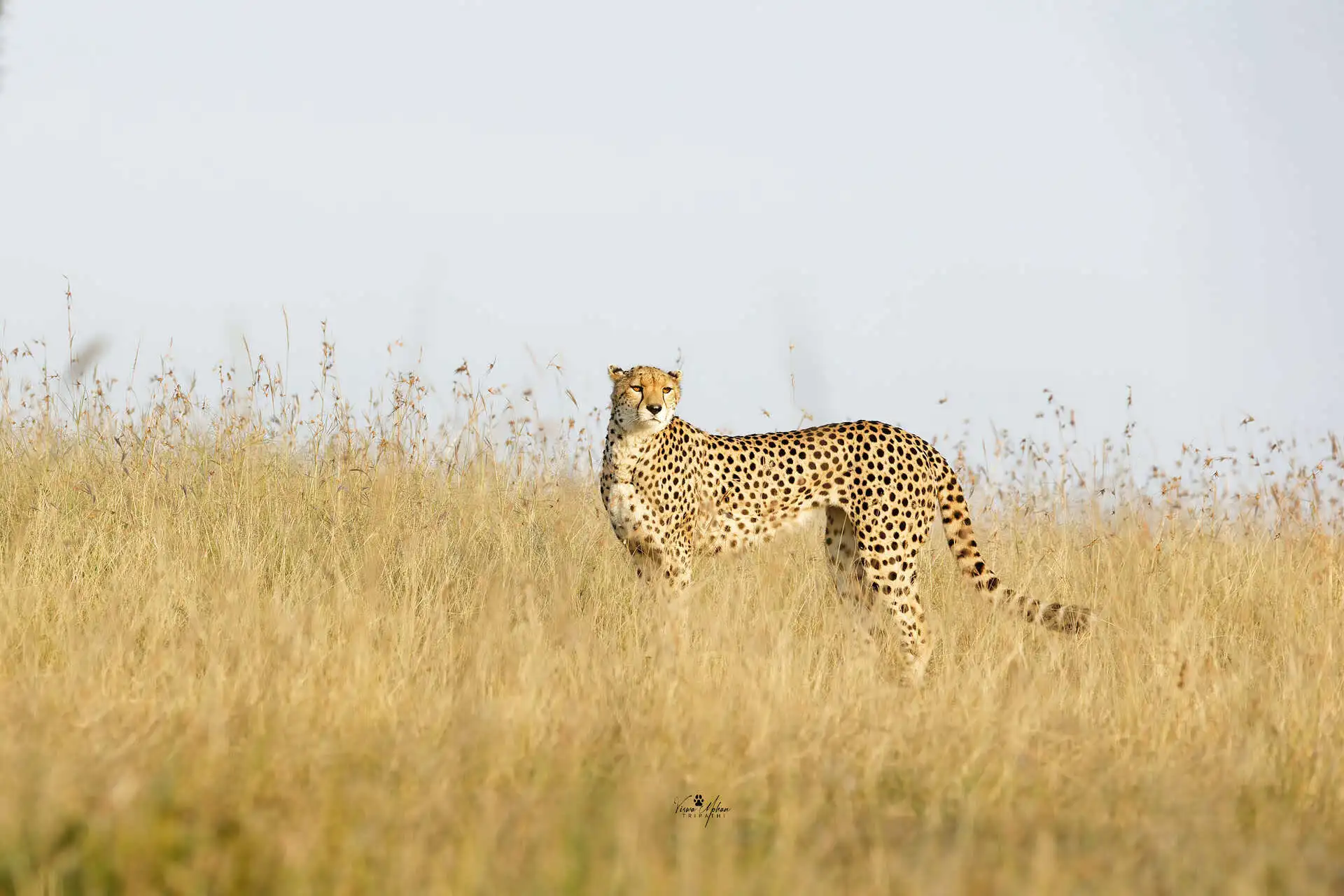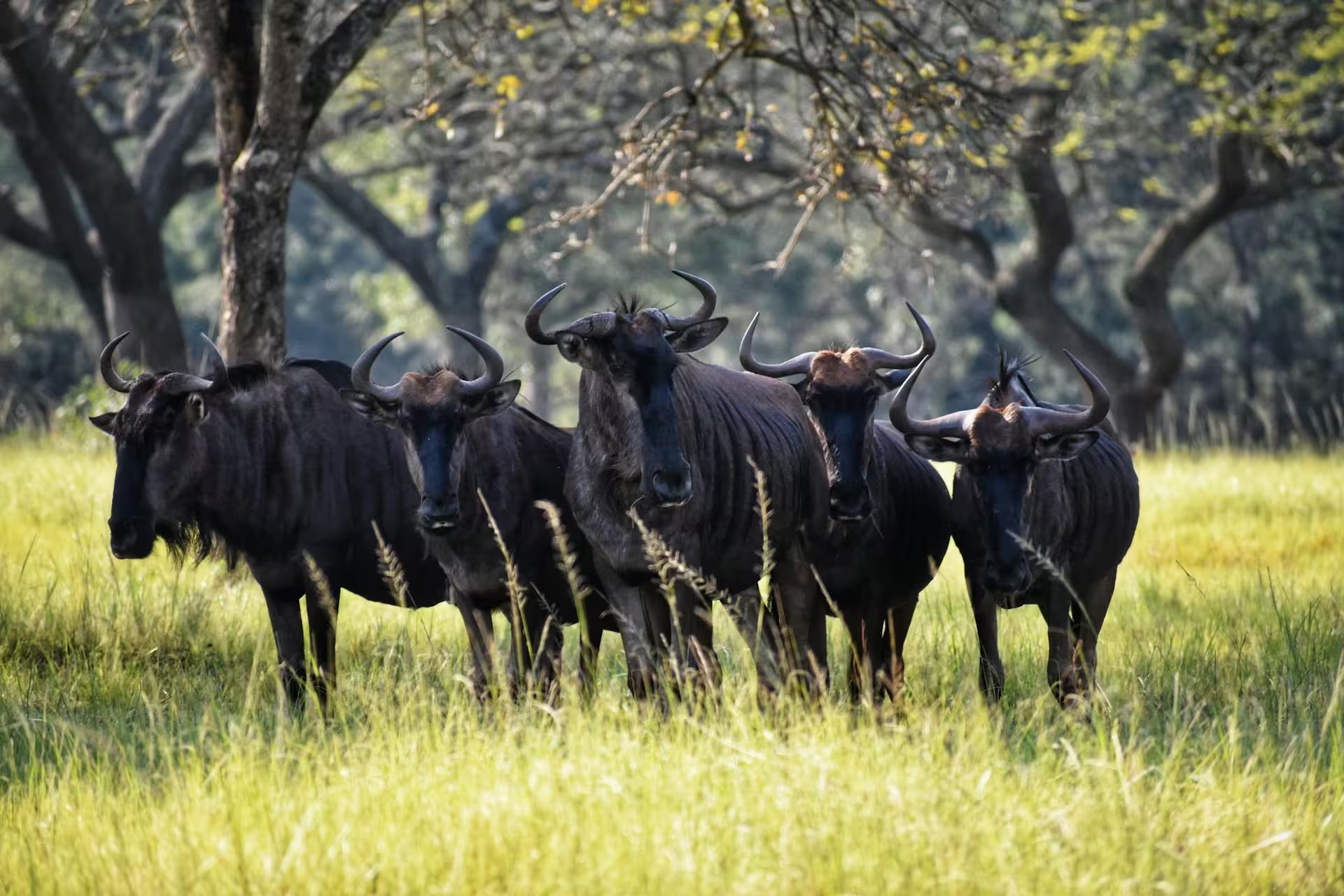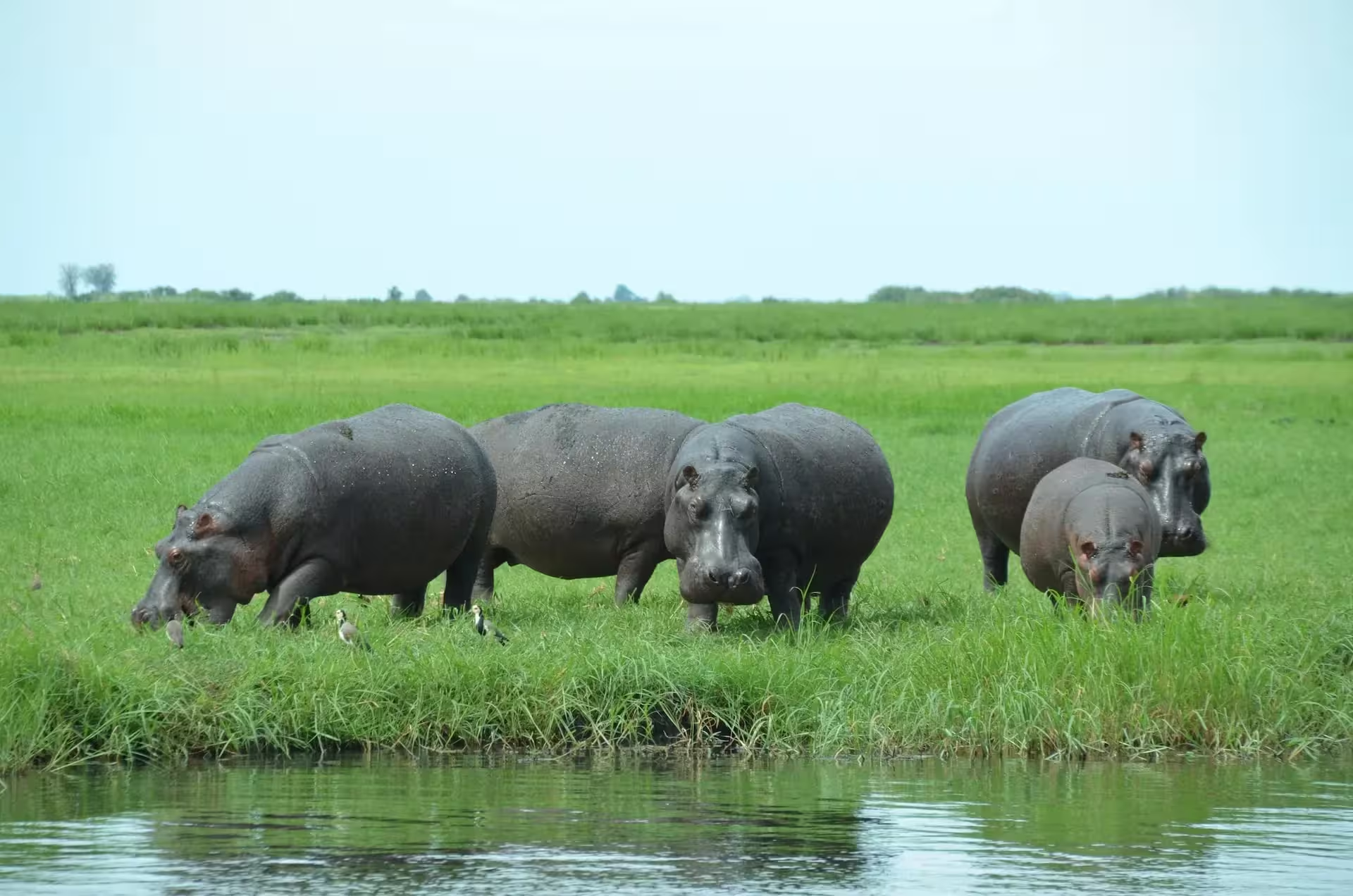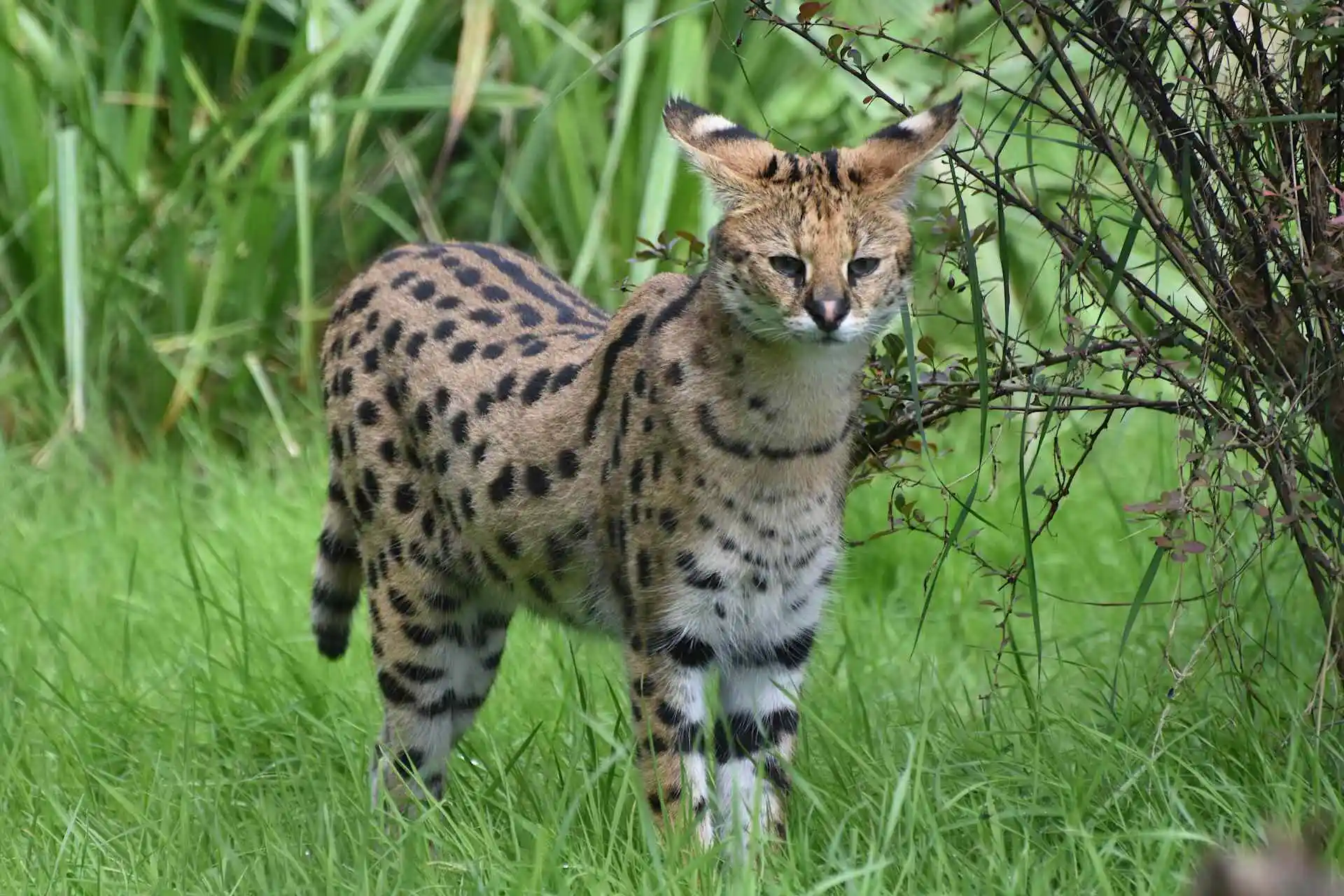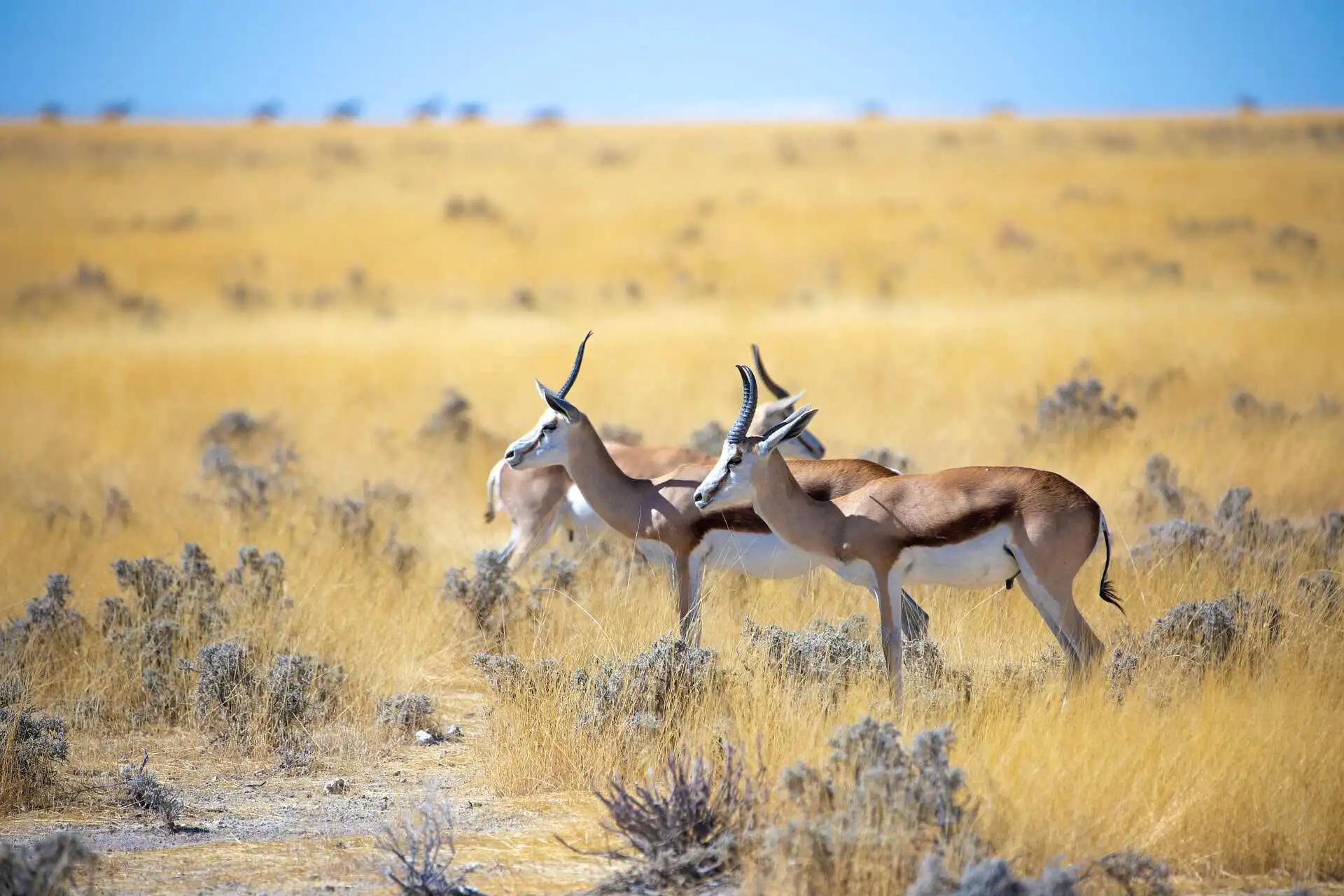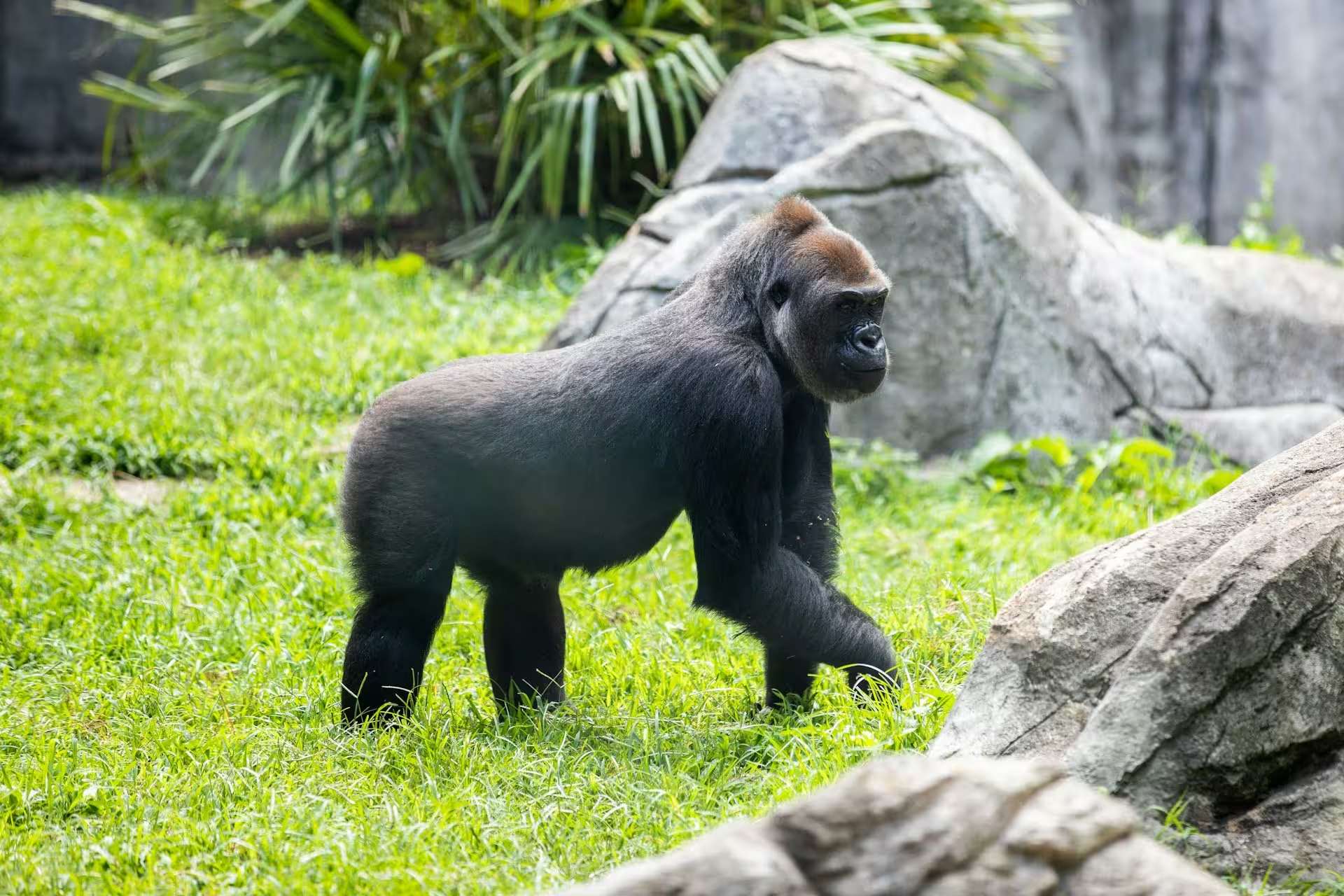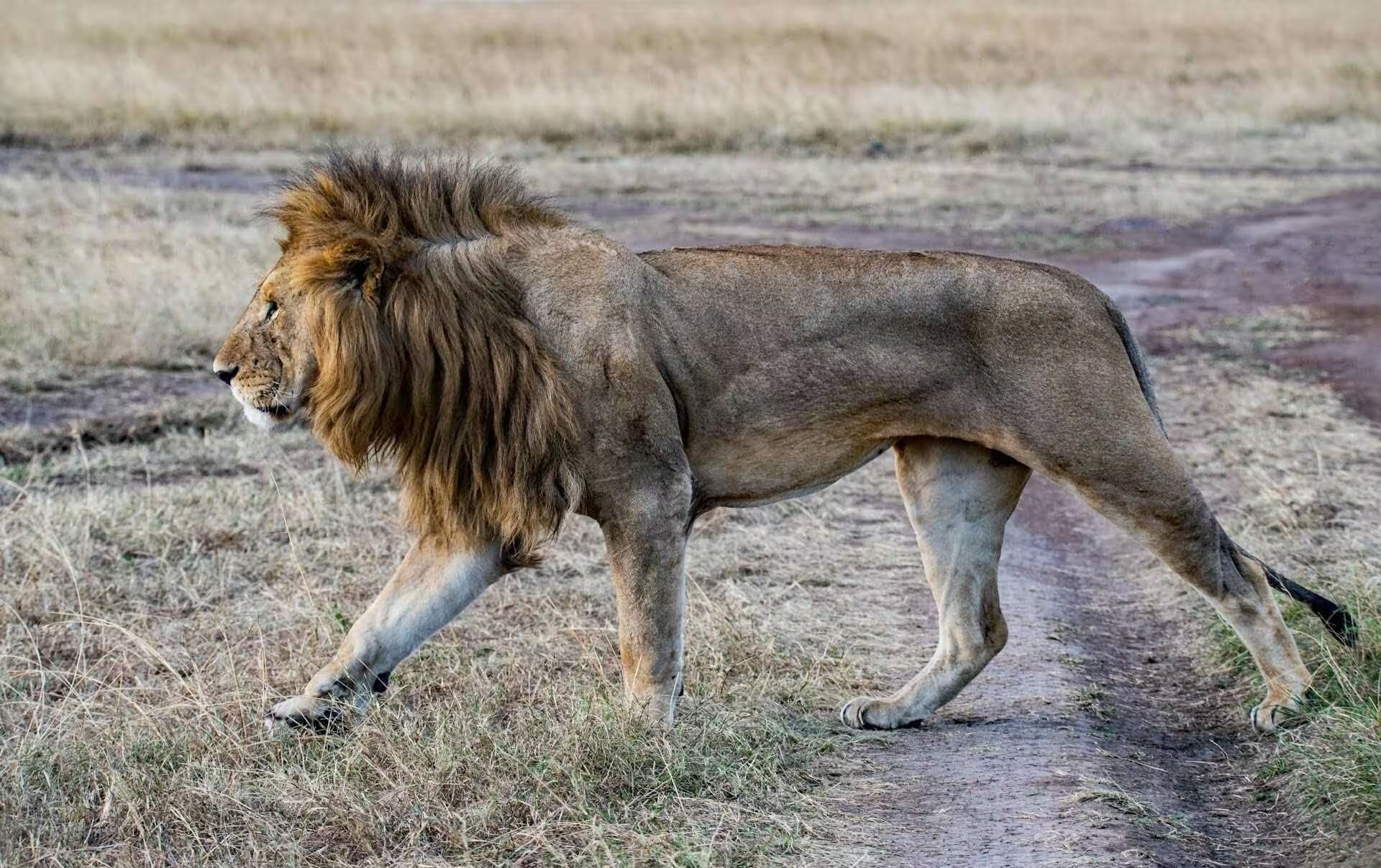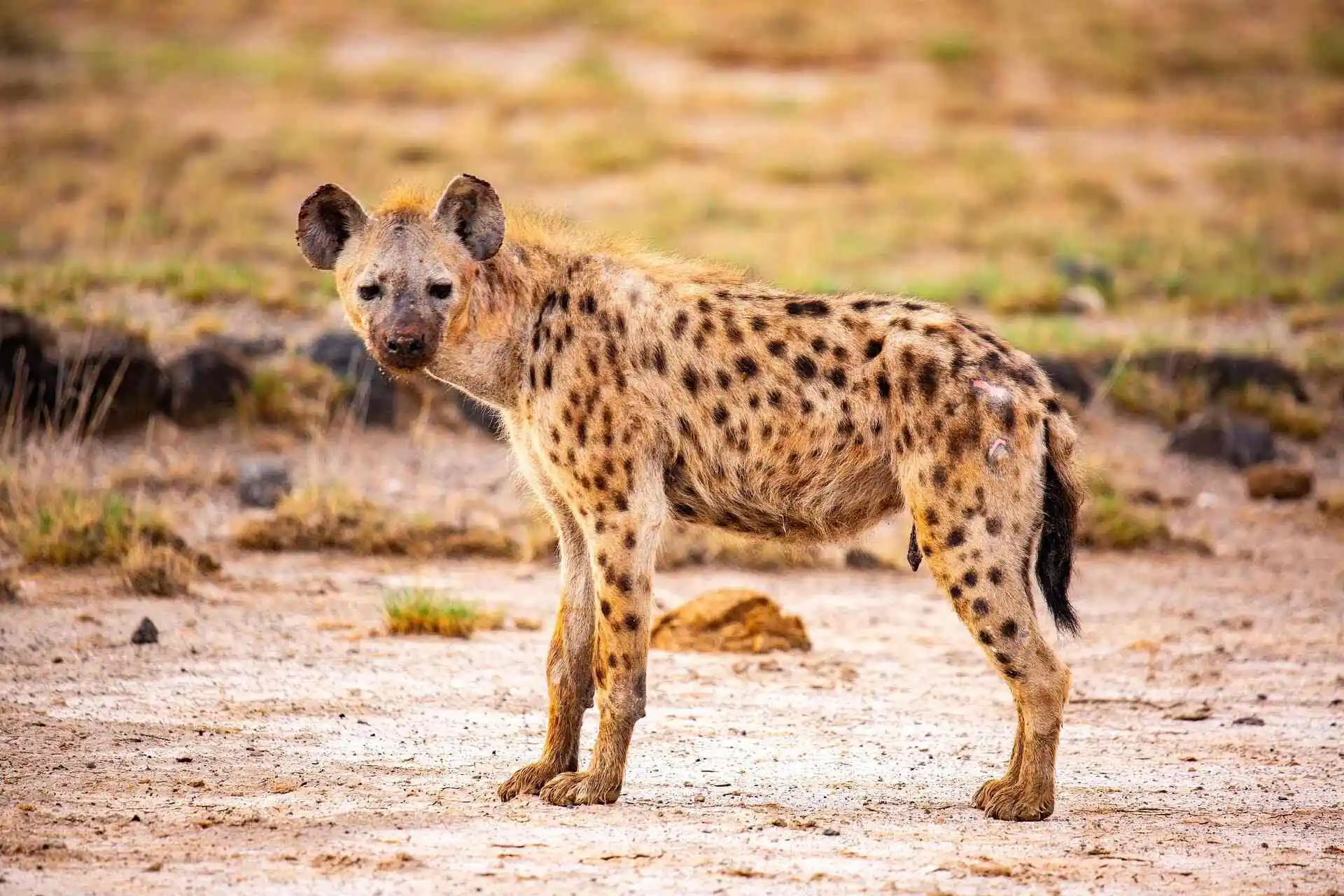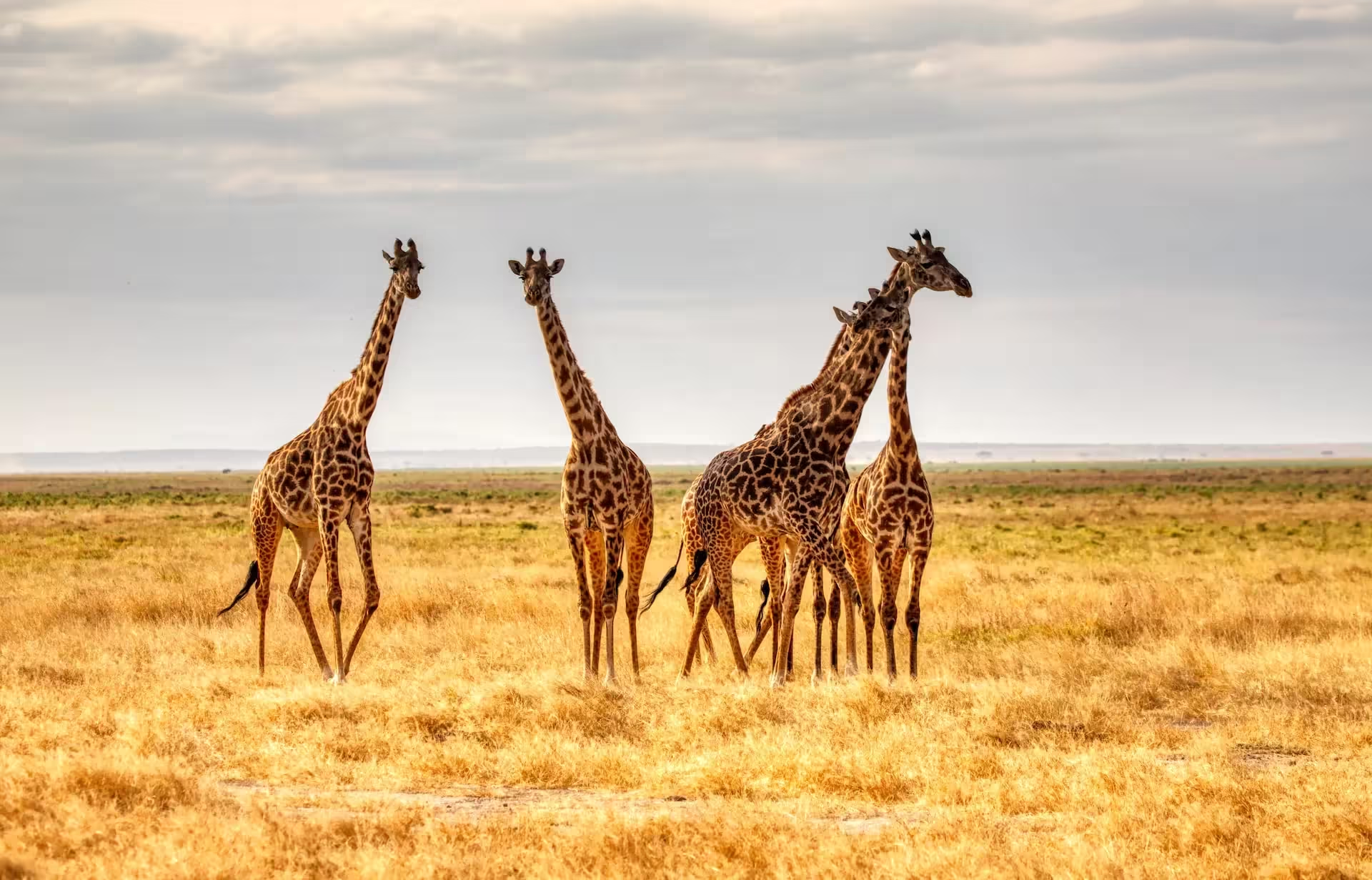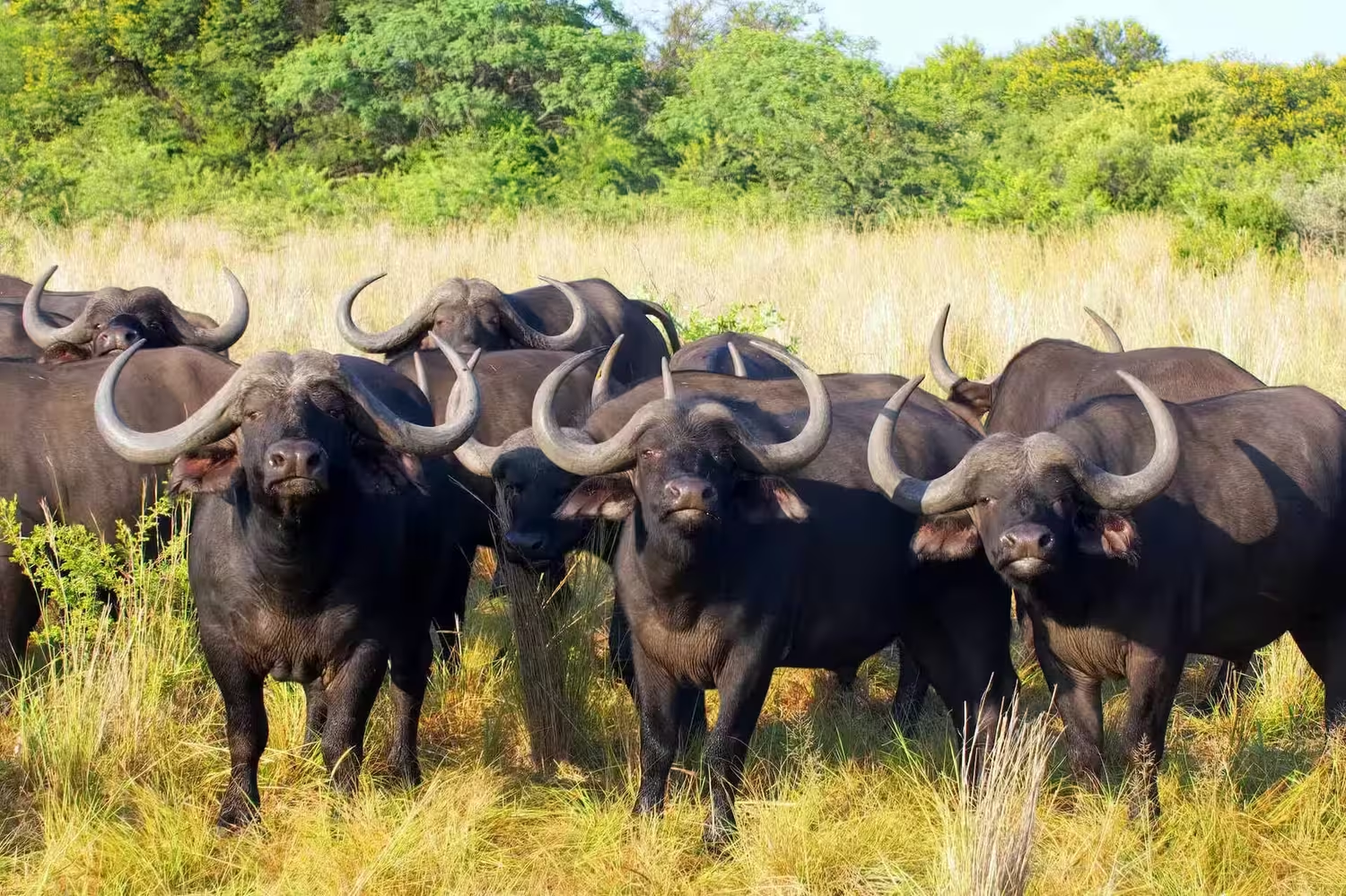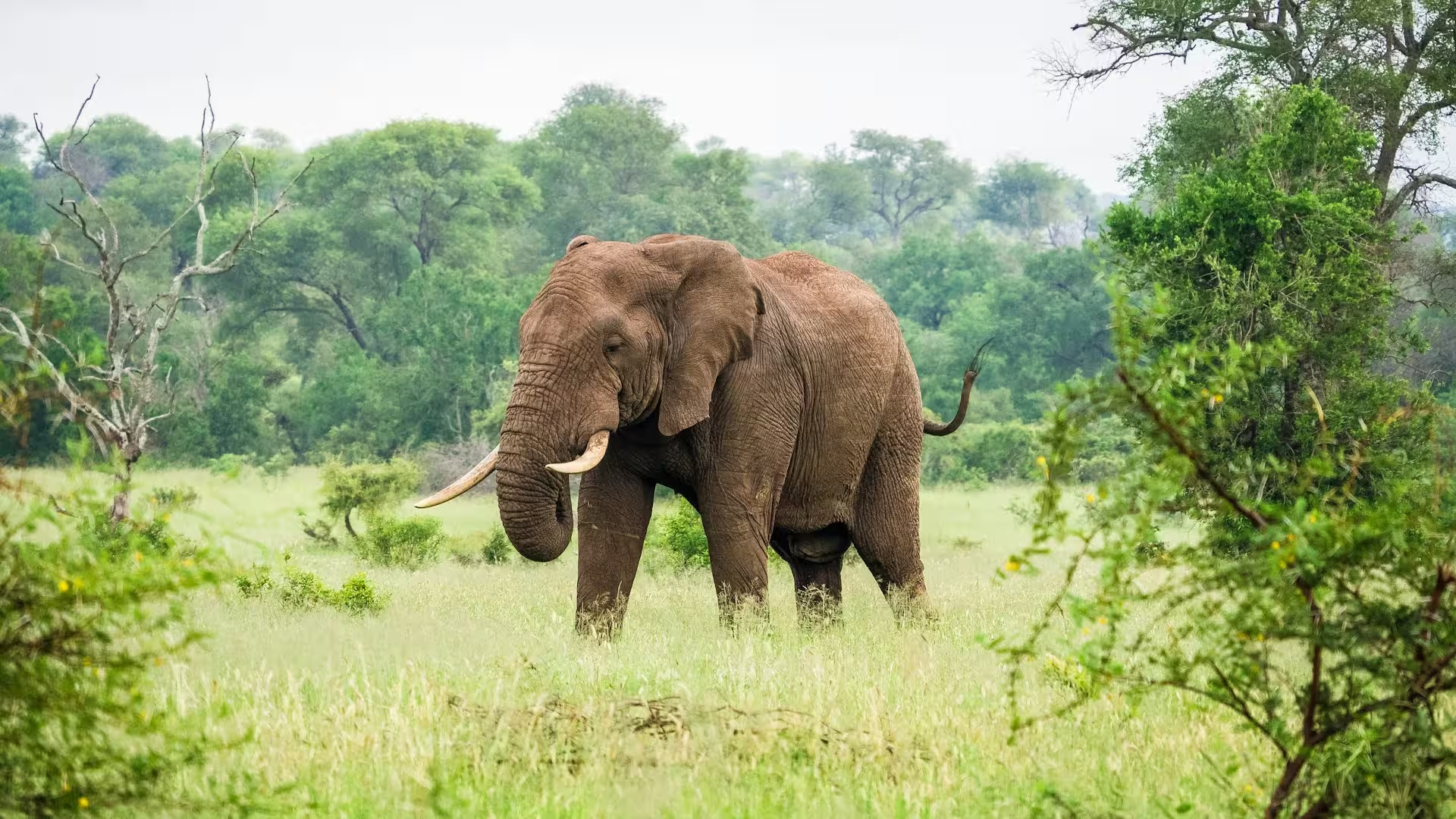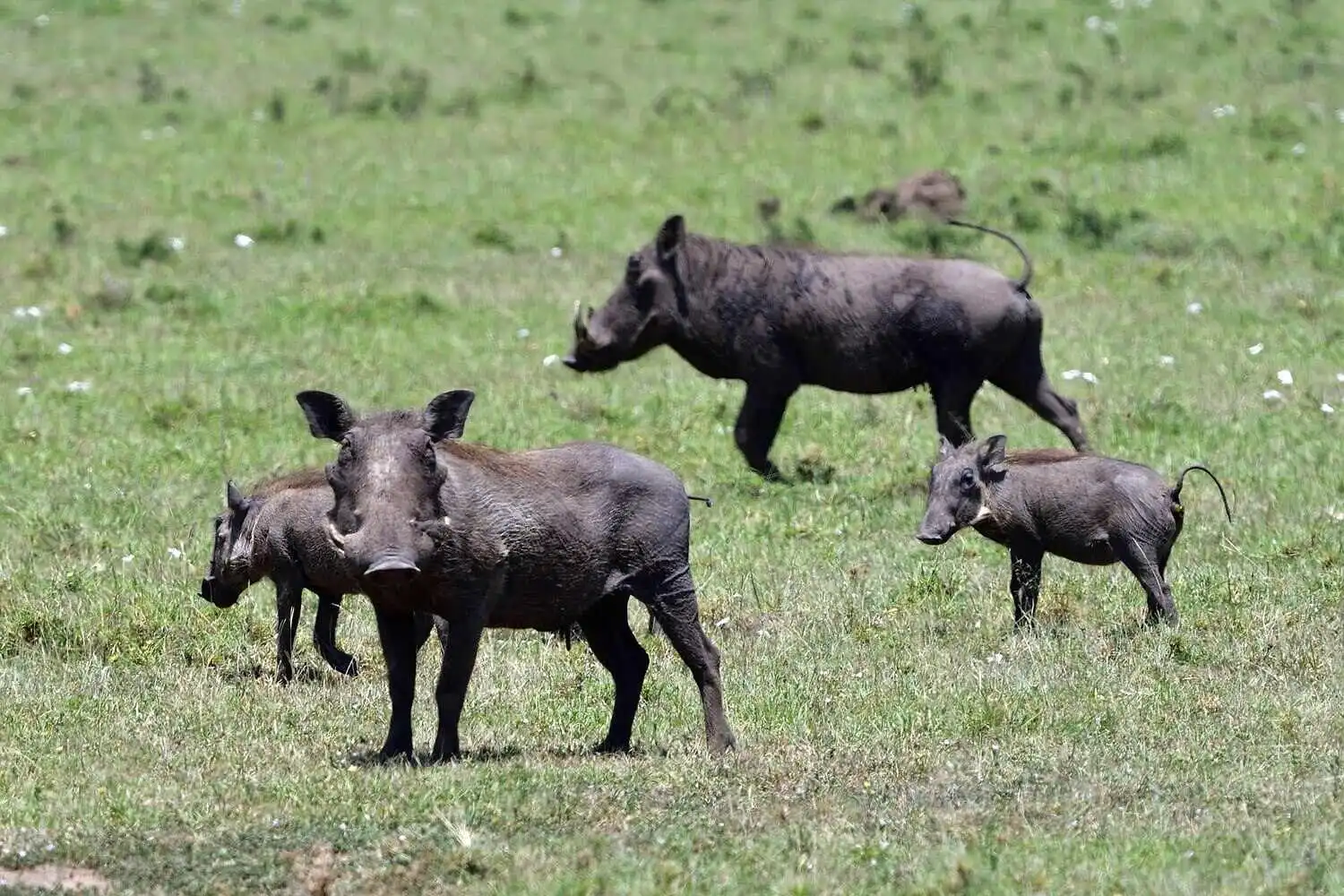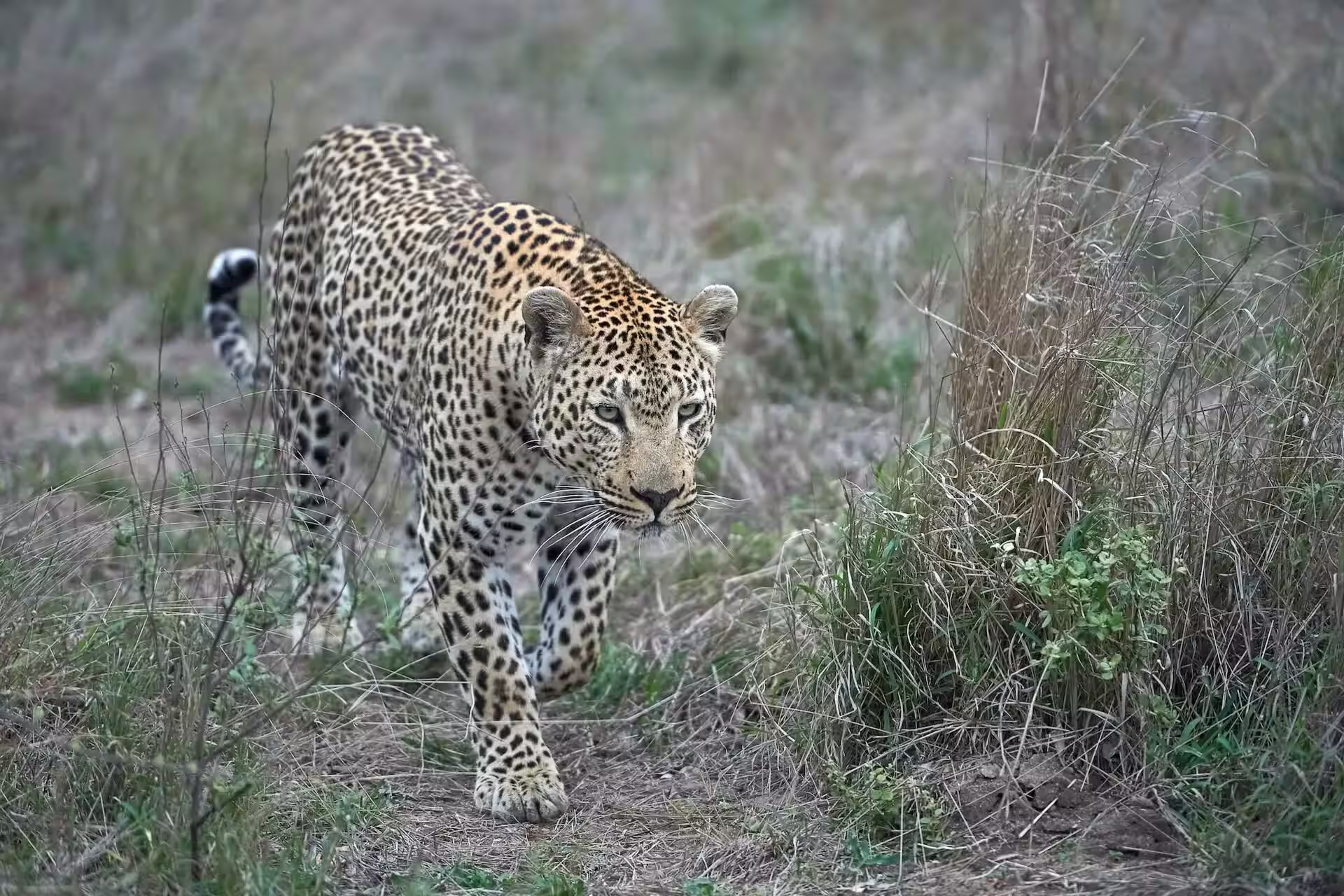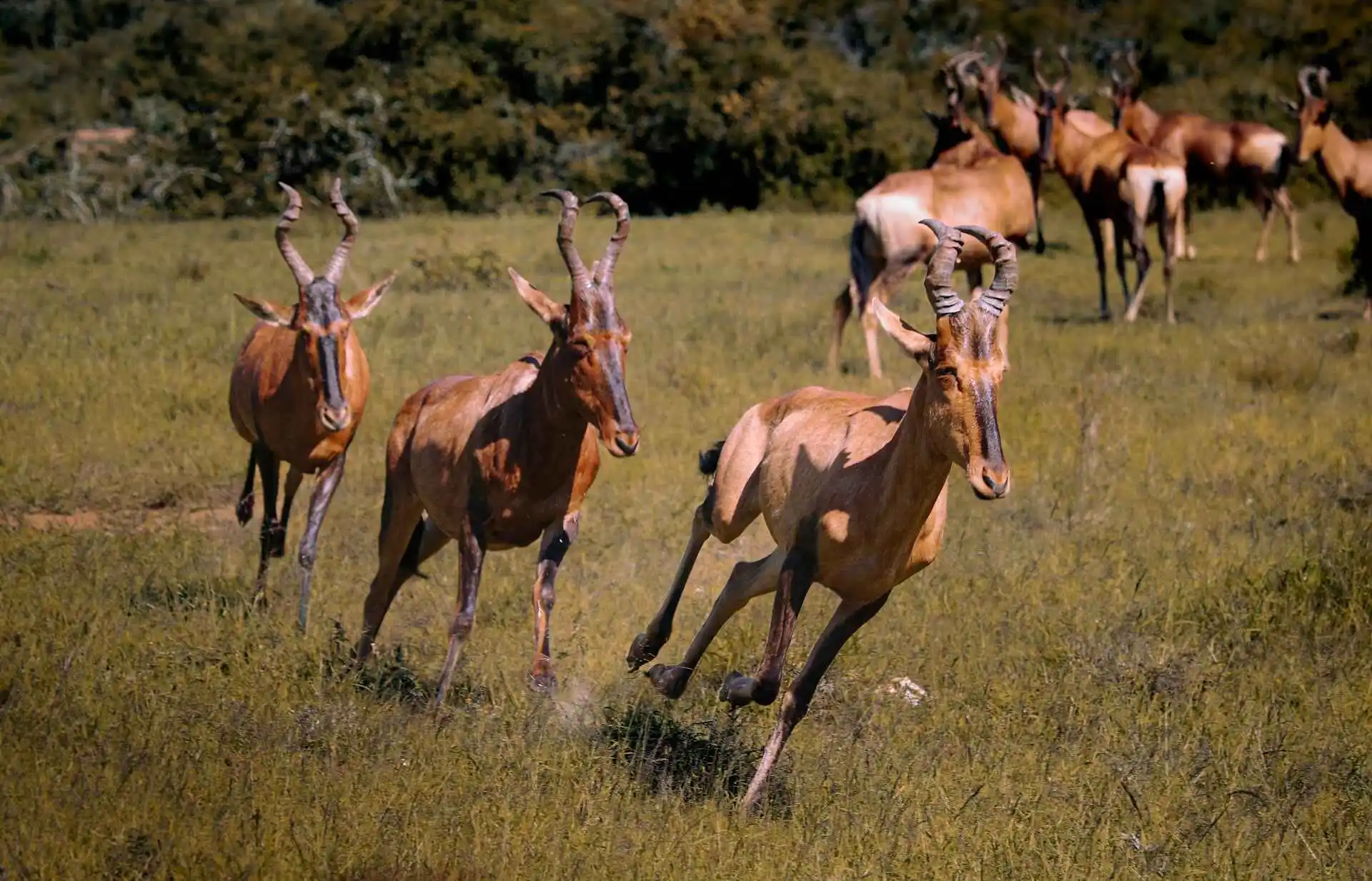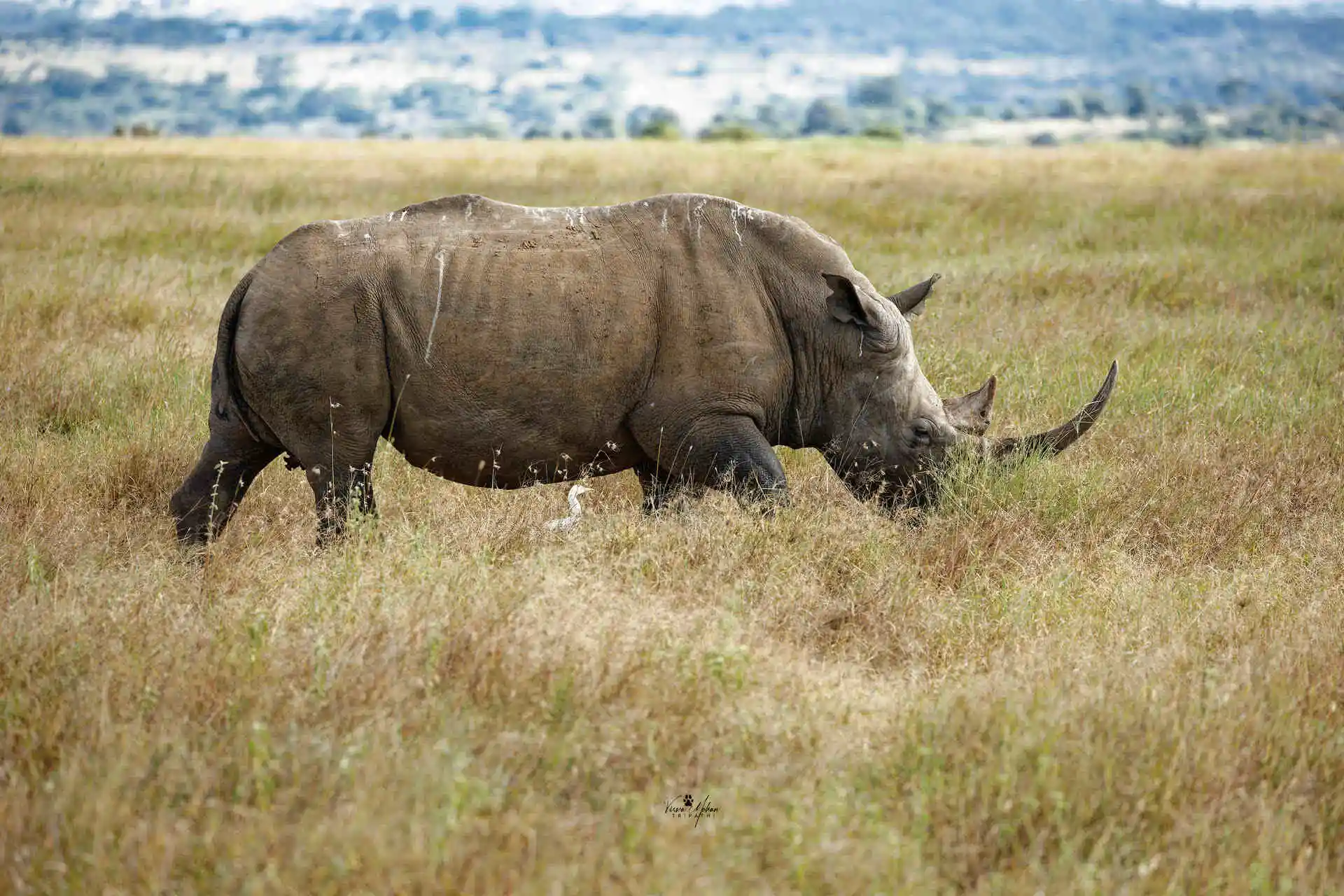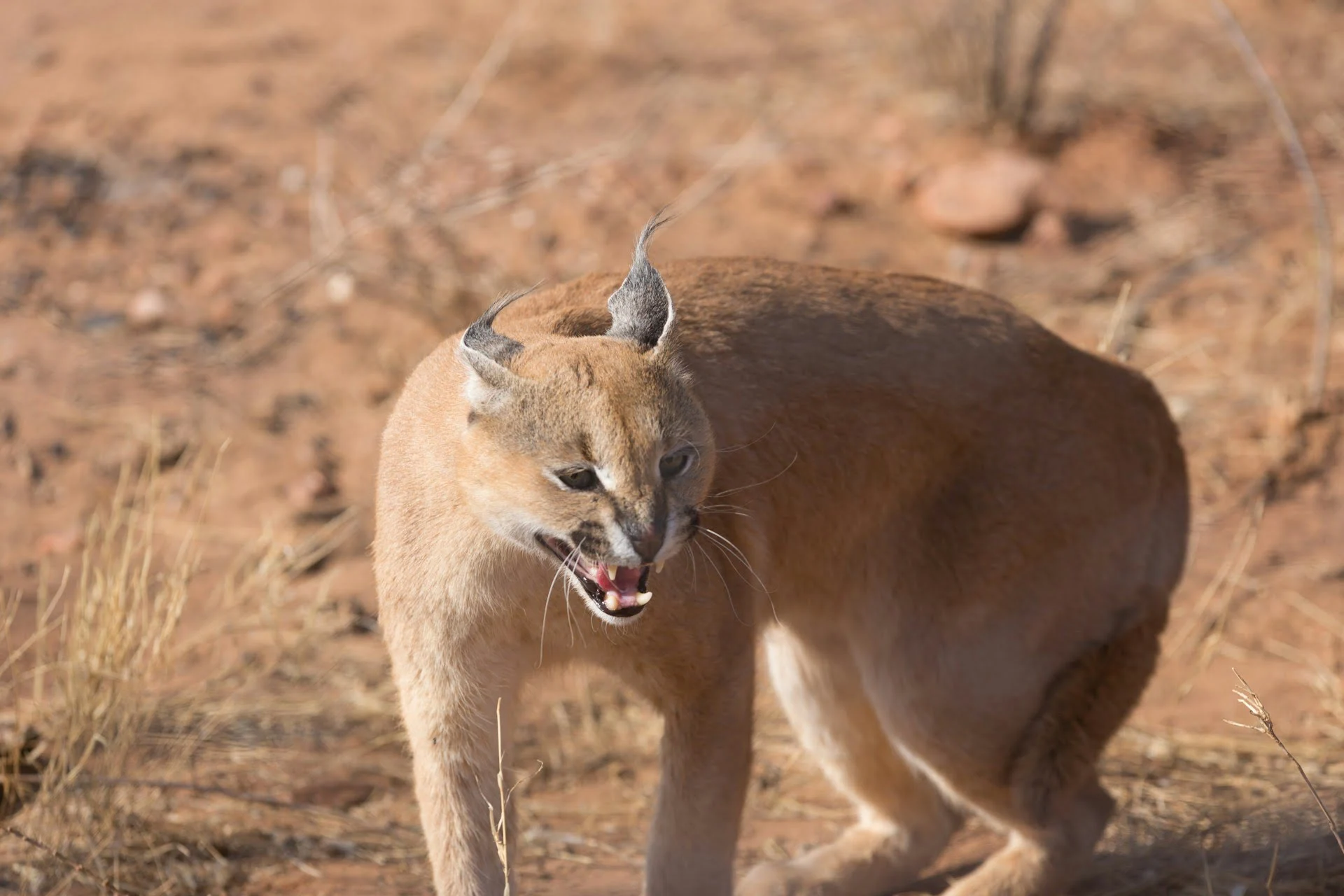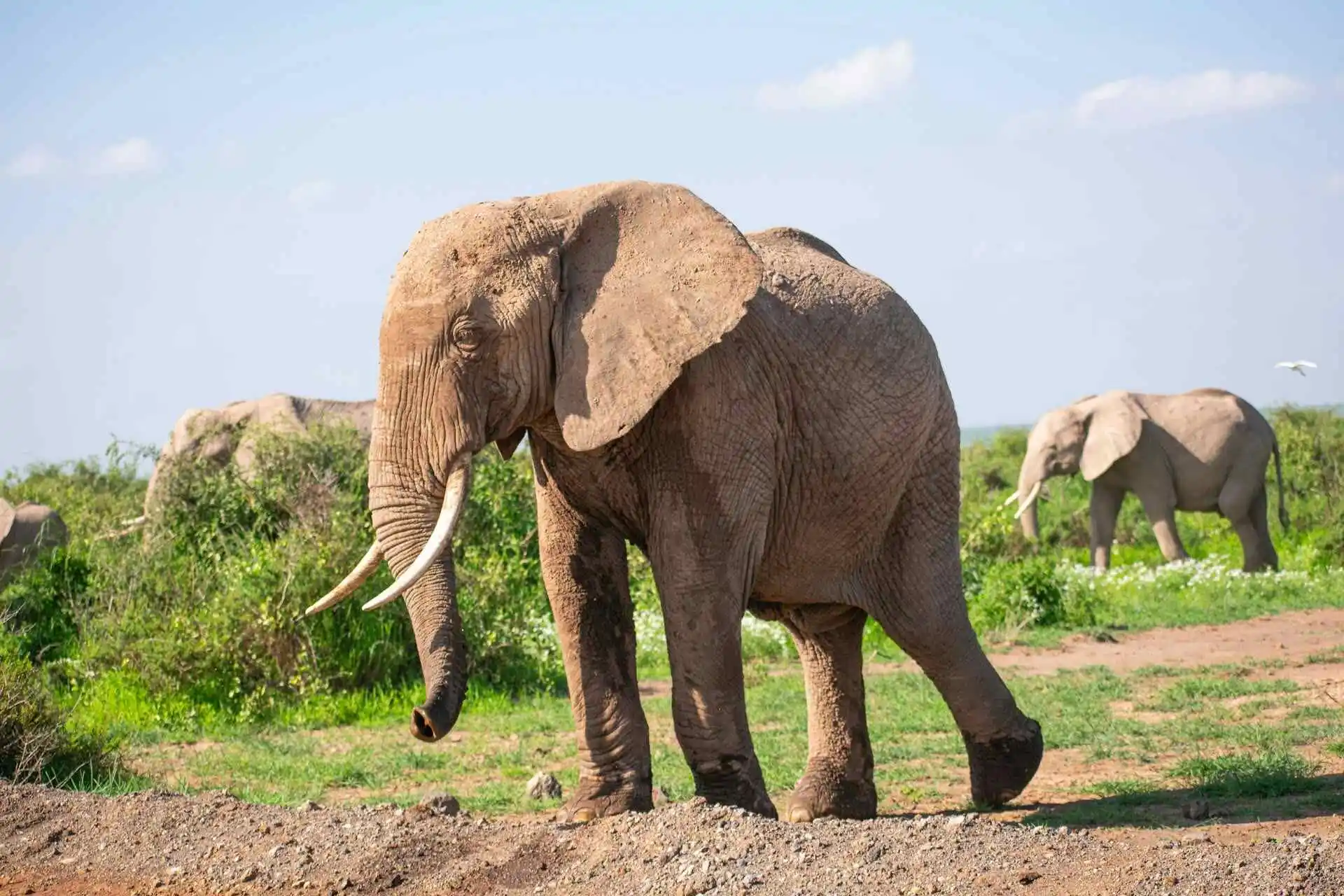How do they look?
Zebras are easy to spot thanks to their bold black and white stripes. These stripes cover their entire body, including their face and legs. Interestingly, no two zebras share the same stripe pattern each one is as unique as a human fingerprint.
Their body resembles a small horse, sleek and compact, with long legs built for running. Zebras have upright manes, tufted tails, and large, mobile ears that give them excellent hearing.
They are highly social and often travel in family groups called harems or herds. Their iconic stripes act as camouflage in grassy landscapes by breaking up their shape and making it harder for predators to single out an individual. This optical illusion is known as motion dazzle a survival trick that helps confuse predators during a chase.
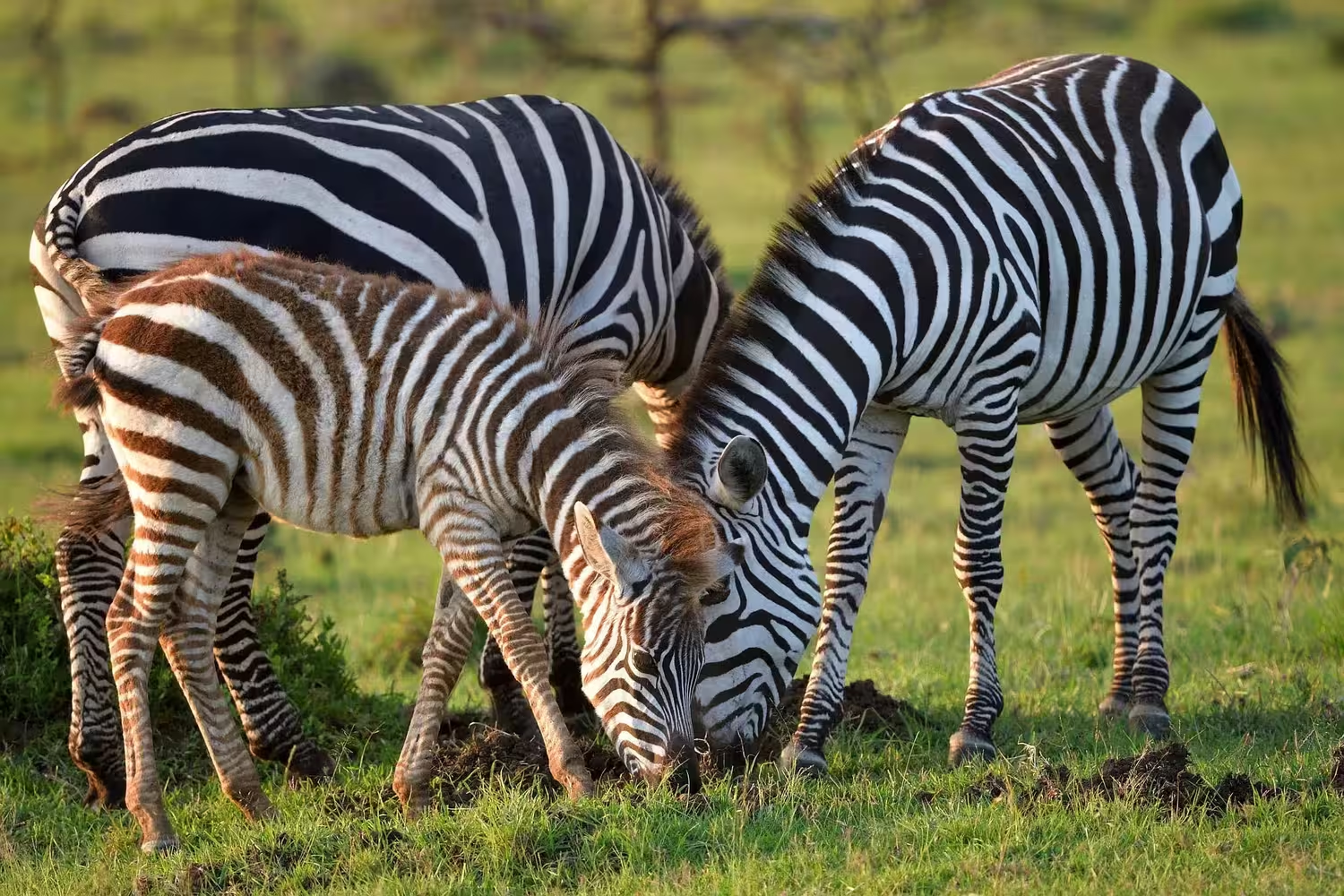
Zebra in Masai Mara
Quick Characteristics Table – Zebra
| Characteristic | Description |
|---|---|
| Scientific Name | Equus quagga |
| Appearance | Distinctive black and white stripes; horse-like build; erect mane; tufted tail. |
| Head-body length | 2.1-3 meters |
| Shoulder height | 1.1-1.6 meters |
| Weight | 175-450 kg |
| Habitat | Grasslands, savannas, shrublands, mountainous areas across Africa. |
| Diet | Herbivore; primarily grazers (grasses). |
| Activity | Diurnal. |
| Lifespan | Up to 25 years in wild. |
| Conservation Status | Varies: Plains (Near Threatened), Mountain (Vulnerable), Grevy's (Endangered). |
| Predators | Lions, hyenas, crocodiles, leopards. |
Meet the Three Zebra Species
Plains Zebra
This is the most common zebra species, found across the savannas, woodlands, and grasslands of sub-Saharan Africa. They have narrower, consistent stripes that cover their entire body. Plains zebra lives in large herds and often mixes with wildebeest during migration. Their populations are strong and widespread.
Grevy’s Zebra also Known as Equus Grevyi
The Grevy’s zebra is the largest and rarest of the three. Found in the arid grasslands of Kenya and Ethiopia, they have narrow, closely spaced stripes that extend all the way to the hooves. Its large, rounded ears and white belly also set it apart. Unfortunately, the Grevy’s zebra is endangered, with fewer than
2,500 individuals left in the wild.
Mountain Zebra also Known as Equus Zebra
These zebras live in mountainous regions of Namibia and South Africa. Their stripes are broad and irregular, and they have a distinctive dewlap a fold of skin under the neck. A unique shadow stripe which is a faint brownish stripe runs down their spine. Mountain zebras are good climbers and adapted to steep, rocky terrain.
Diet and Feeding Habits
Zebras are herbivores. Their main diet consists of grasses, which they graze on throughout the day. Their large, flat teeth help them chew tough vegetation efficiently. In dry seasons or sparse areas, they also eat leaves, twigs, and bark.
Zebras need regular access to water and are usually found near rivers or waterholes. They migrate in search of better grazing areas and water sources, especially during dry periods. Their grazing helps maintain healthy grasslands by trimming vegetation and spreading seeds.
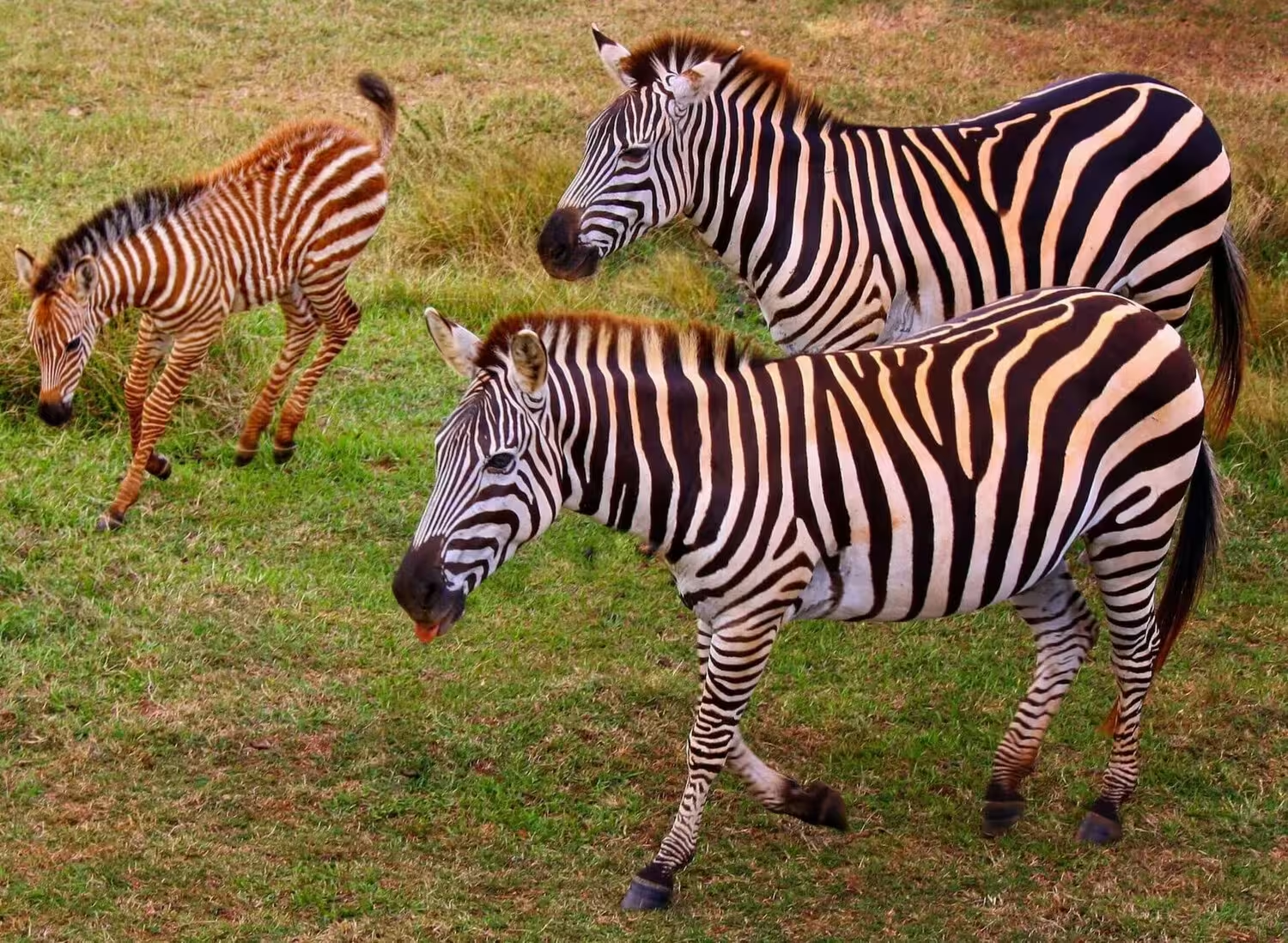
Importance of zebra
Cultural Significance
Zebras hold a special place in African culture. They’re seen as symbols of freedom, individuality, and harmony. In traditional African art, zebras often appear in carvings, paintings, and textiles. Their patterns are not just beautiful but also believed to have protective and spiritual meanings in some local cultures.
Economic Importance
Historically, zebras were hunted for their hides, meat, and bones, which were used to make tools and ornaments. Today, they play a more sustainable role in the economy. Zebras attract wildlife tourists and photographers, contributing to the booming African ecotourism industry. Their presence supports local jobs, conservation programs, and protected areas.
Fun facts about zebra
- Zebras have unique black and white stripes, no two are the same.
- A group of zebras is called a dazzle, and they often stick together for safety.
- Zebras can run up to 65 kilometers per hour to escape predators.
- Their stripes may help confuse lions and other hunters when they run as a group.
- Zebras sleep standing up and keep at least one eye open for danger.
- They communicate using facial expressions, braying sounds, and tail movements.
- Zebras roll on the ground to scratch themselves and stay clean.
- They mostly eat grass but can survive on tough plants during dry seasons.
- Baby zebras can stand and walk within 15 minutes after birth.
- Some zebras migrate hundreds of kilometers in search of food and water.

